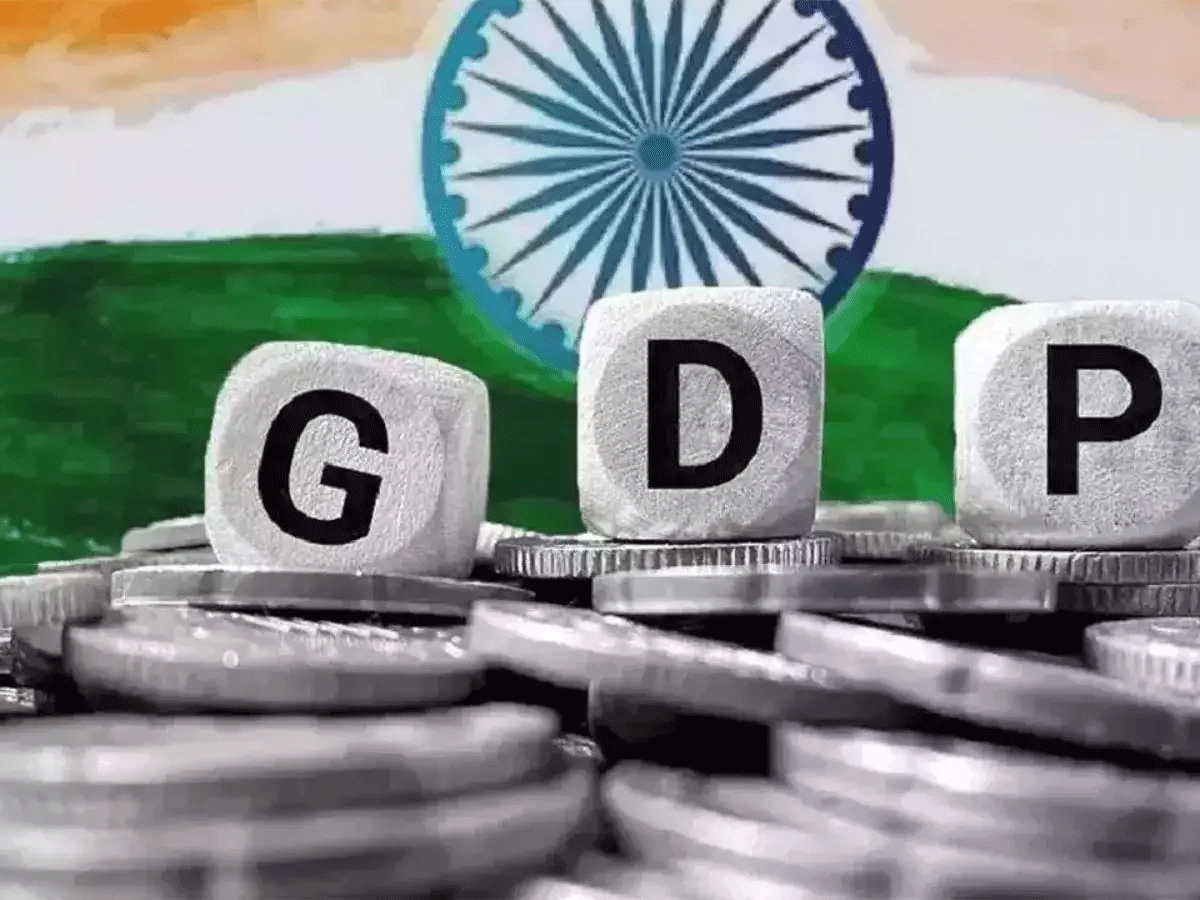- Courses
- GS Full Course 1 Year
- GS Full Course 2 Year
- GS Full Course 3 Year
- GS Full Course Till Selection
- Answer Alpha: Mains 2025 Mentorship
- MEP (Mains Enrichment Programme) Data, Facts
- Essay Target – 150+ Marks
- Online Program
- GS Recorded Course
- Polity
- Geography
- Economy
- Ancient, Medieval and Art & Culture AMAC
- Modern India, Post Independence & World History
- Environment
- Governance
- Science & Technology
- International Relations and Internal Security
- Disaster Management
- Ethics
- NCERT Current Affairs
- Indian Society and Social Issue
- NCERT- Science and Technology
- NCERT - Geography
- NCERT - Ancient History
- NCERT- World History
- NCERT Modern History
- CSAT
- 5 LAYERED ARJUNA Mentorship
- Public Administration Optional
- ABOUT US
- OUR TOPPERS
- TEST SERIES
- FREE STUDY MATERIAL
- VIDEOS
- CONTACT US
World Population Day 2024
World Population Day 2024
12-07-2024

Theme
"Leave no one behind, count everyone"
History
- Established: By the United Nations (UN) in 1989.
- Inspiration: The world population reaching 5 billion on July 11, 1987.
- Suggested by: Dr. KC Zachariah, a senior demographer at the World Bank.
- First Observed: In 1989, with the aim of raising awareness about global population issues.
Significance
- Awareness: Raises awareness about global population issues and their impact on society.
- Key Concerns:
- Reproductive health
- Family planning
- Gender equality
- Sustainable development
- Discussions: Promotes discussions and encourages proactive measures to address population dynamics.
- Reminders: Reminds us that our growing population presents both challenges and opportunities.
- Emphasis: Emphasizes the need for sustainable development and individual well-being.
Objective
- Promotion: To promote understanding, collaboration, and innovative solutions to ensure a sustainable future for all countries.
- Awareness: To raise awareness about the impact of population dynamics on:
- Socio-economic development
- Environmental sustainability
- Individual well-being
- Encouragement: To encourage governments, organizations, and individuals to take action and engage in discussions on population-related issues.
Facts about Global Population
- Milestones:
- 2011: World’s population reached 7 billion.
- November 15, 2022: World’s population reached 8 billion.
- Projections:
- 2030: Approximately 8.5 billion.
- 2050: Approximately 9.7 billion.
- 2100: Approximately 10.9 billion.
- Country Rankings:
- India: Top place with 1.44 billion as of July 2024. Overtook China in 2022.
- China: Second place with 1.42 billion.
- United States: Third place with 341 million.
- Regional Growth:
- Africa: Expected to account for more than half of global population growth between now and 2050. Highest rate of population growth among major areas.
- Europe: Populations in 61 countries or areas expected to decrease by 2050.
UN Secretary-General's Message
- Data Collection: "This year's theme highlights the importance of investing in data collection to understand issues, tailor solutions, and drive progress."
- Financial Investment: "Financial investment is also crucial. I urge countries to leverage the Summit of the Future this year to unlock affordable capital for sustainable development."
- Emphasis: The message emphasizes the need for data-driven solutions and financial investment to address population-related challenges.
Importance
- Awareness: World Population Day has played a crucial role in:
- Raising awareness about population issues.
- Advocating for reproductive rights.
- Encouraging policies and programs that support sustainable development and individual well-being.
- Platform: Provides a platform for governments, organizations, and individuals to engage in discussions and take action on population-related issues.
- Collective Action: Highlights the need for collective action to address the challenges posed by population growth and ensure a sustainable future.
Additional Points
- Future Projections:
- 2050: World population projected to reach 9.7 billion.
- 2100: World population projected to reach 11.2 billion.
- Challenges:
- Strain on natural resources
- Increased poverty and inequality
- Pressure on urban infrastructure and services
- Threats to environmental sustainability
- Multi-faceted Approach:
- Improving access to education and family planning services
- Promoting gender equality and reproductive rights
- Investing in sustainable development and environmental conservation
- Encouraging sustainable consumption and production patterns
Must Check: Best IAS Coaching In Delhi



